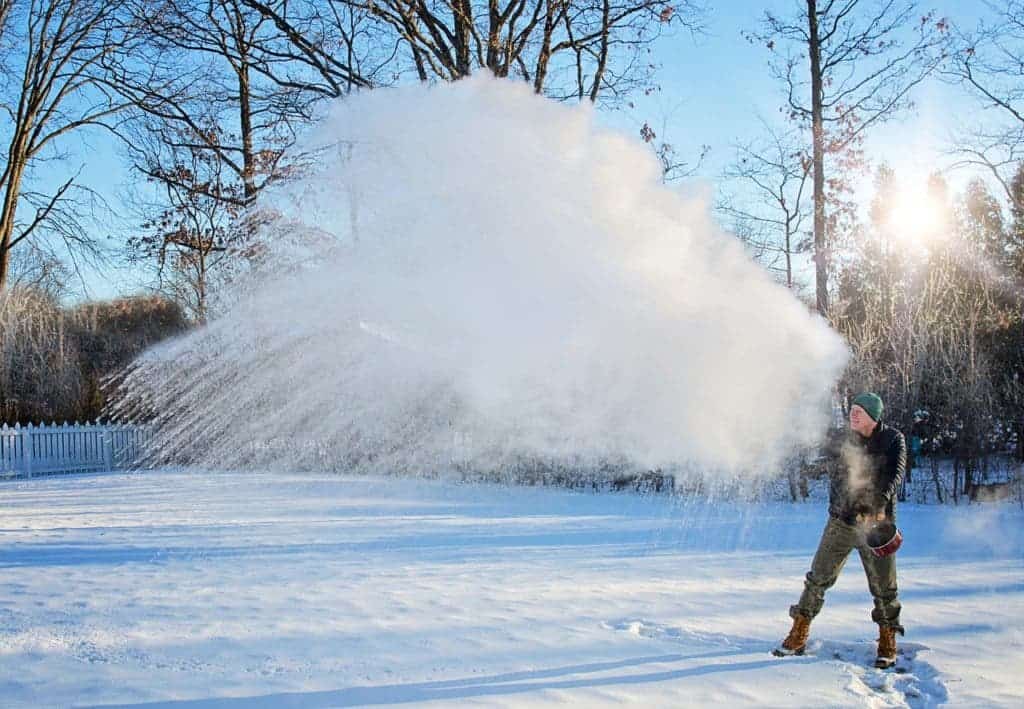The effect doesn’t just apply to water.

In 1963, 13-year old Erasto Bartholomeo Mpemba from Tanzania came across a bizarre phenomenon. He was freezing ice cream mix that was hot in a cookery class and noticed that it froze faster than the cold mix. He never really understood why.
A few years later, Dr. Denis G. Osborne from the University College in Dar es Salaam gave a lecture at Mpemba’s highschool. After the lecture, Mpemba asked Osborne why hot water seems to freeze faster than cold water. He was ridiculed by his classmates and teacher.
But after initial consternation, Osborne gave the experiment a go. He was shocked to see that the young Mpemba was right: water at 100 °C (212 °F) can freeze faster than water at 35 °C (95 °F).
The two published the results together, and the Mpemba effect became known as one of the weirdest phenomena in modern physics.
The phenomenon is weird because it’s parameter dependent. In other words, simply saying that “hot water freezes faster than cold water” is incorrect — or rather, imprecise. Rather, there are some pairs of temperatures at which, all other things being equal, hotter water freezes faster than colder water.
Several published papers have replicated the results and attempted to explain the theoretical reason why this happens. In 2017, two research groups independently and simultaneously found theoretical evidence of the Mpemba effect and also predicted a new “inverse” Mpemba effect in which some materials might be heated faster if they are cooled first. Now, a new study adds more weight to that theory.
Physicists Amit Gal and Oren Raz of the Weizmann Institute of Science in Rehovot, Israel studied a theoretical system called an Ising model — a mathematical model of magnetism (ferromagnetism, to be precise) in statistical mechanics.
The Ising model involves a 2D grid of atoms which have magnetic poles that point either up or down. In their version of this study, neighboring atoms tended to point their poles in opposite directions. In this setup, researchers say, heating could occur faster after a pre-cooling phase.
“The prospects are exciting,” says physicist Adolfo del Campo of the Donostia International Physics Center in Spain.
While this is unlikely to affect our day to day life, this could enable scientists to speed up heating in some quantum setups and bypass some of the limits of standard physical machines.
In order for the effect to take place, this particular magnetic property needs to be achieved, otherwise, there would be no difference between a system that had been pre-cooled and rewarmed and one that hadn’t (which is still intriguing, but holds no practical potential).
“The temperature cannot really tell the whole story,” Amit Gal explains.
However, researchers suspect that a similar effect might also happen in different scenarios. Next, they will turn their attention to real materials, such as magnetic alloys.
Journal Reference: A. Gal et al. Precooling Strategy Allows Exponentially Faster Heating, Physical Review Letters (2020). DOI: 10.1103/PhysRevLett.124.060602


